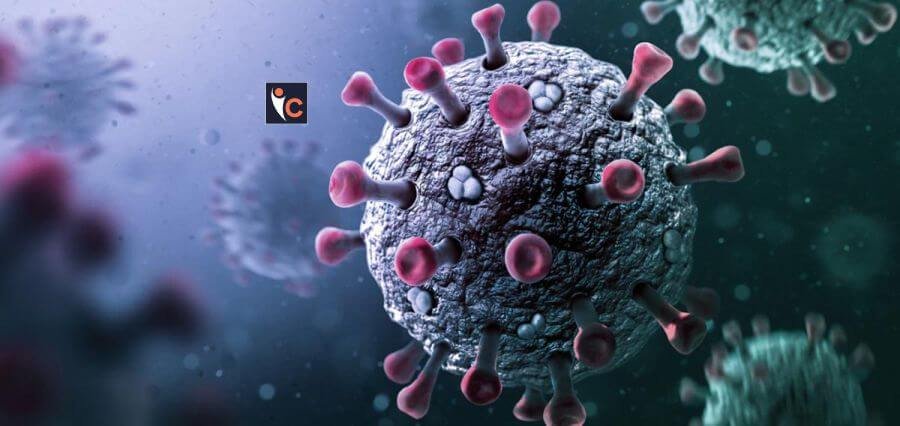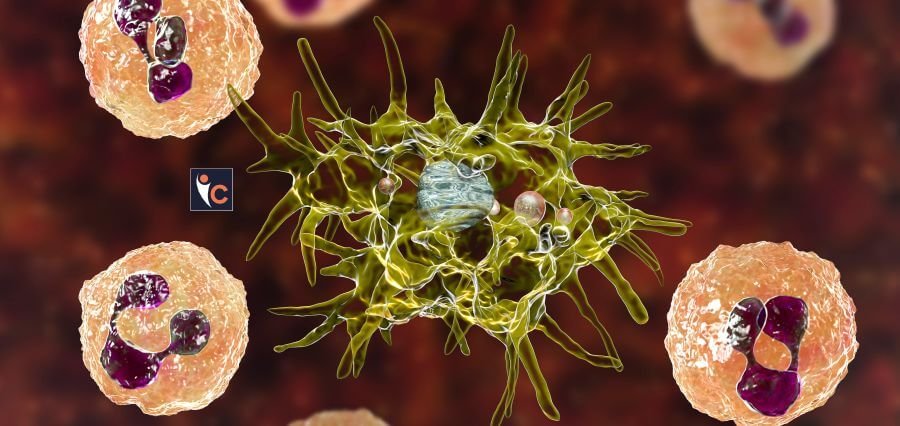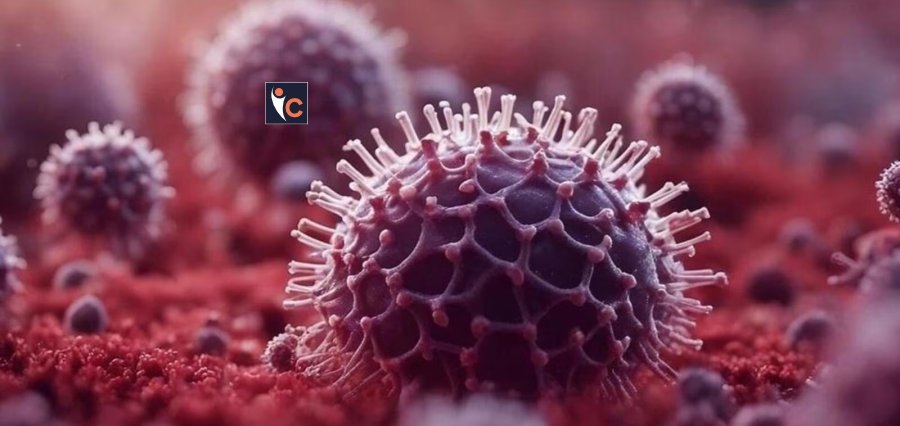Everywhere in the world, November 14 is designated as Diabetes Day. Just in time for the event, a senior diabetologist explores new issues pertaining to his specialty, the liver. He thinks that the future involves implementing a broader, metabolic-based approach to care.
Diabetes is becoming more and more common both globally and in India. As per our latest ICMR-INDIAB Study, which we published in the Lancet Diabetes Endocrinology, there are currently 101 million individuals in India who suffer from diabetes. Furthermore, 136 million Indians suffer from prediabetes. It is often known that unchecked diabetes can cause problems with the kidney, heart, foot, nerves, and eyes. But the connection between diabetes and the liver is not well understood, and it has only been highlighted recently.
What then is the relationship between the liver and diabetes?
Glucose is one of the many products that the liver produces, stores, or manufactures. Glycogen is the form of extra glucose that the body stores in the liver. Furthermore, triglycerides and free fatty acids that are excess in the blood circulation accumulate in the liver as well; this condition is known as “Fatty Liver.”
More than half of individuals with type 2 diabetes have some degree of fatty liver, according to epidemiological research conducted by the Madras Diabetes Research Foundation. Hepatic insulin resistance is a disorder that arises from having too much fat in the liver.
This indicates that the body’s ability to use insulin is impaired, and the amount of insulin that the liver can use is significantly decreased. This results in “hepatic glucose production,” or an increase in the amount of glucose released by the liver. This enhanced hepatic glucose synthesis is primarily responsible for the early morning rise in glucose levels, or the rise in fasting plasma glucose.
Type 2 diabetes and fatty liver have a reciprocal association. Thus, type 2 diabetes can promote fatty liver and fatty liver can contribute to type 2 diabetes. According to our research, more than 80% of people with diabetes and obesity will also have fatty livers. Although fatty liver in and of itself is not harmful, it frequently causes liver inflammation, a condition known as non-alcoholic steatohepatitis, or NASH. It is probably reversible at this point. Nevertheless, it can advance to liver cirrhosis at a later stage, which is irreversible and can be fatal. A few individuals with liver cirrhosis even go on to acquire hepatocellular carcinoma (HCC).
The connection between cirrhosis, diabetes, fatty liver, and HCC is becoming more well acknowledged.





